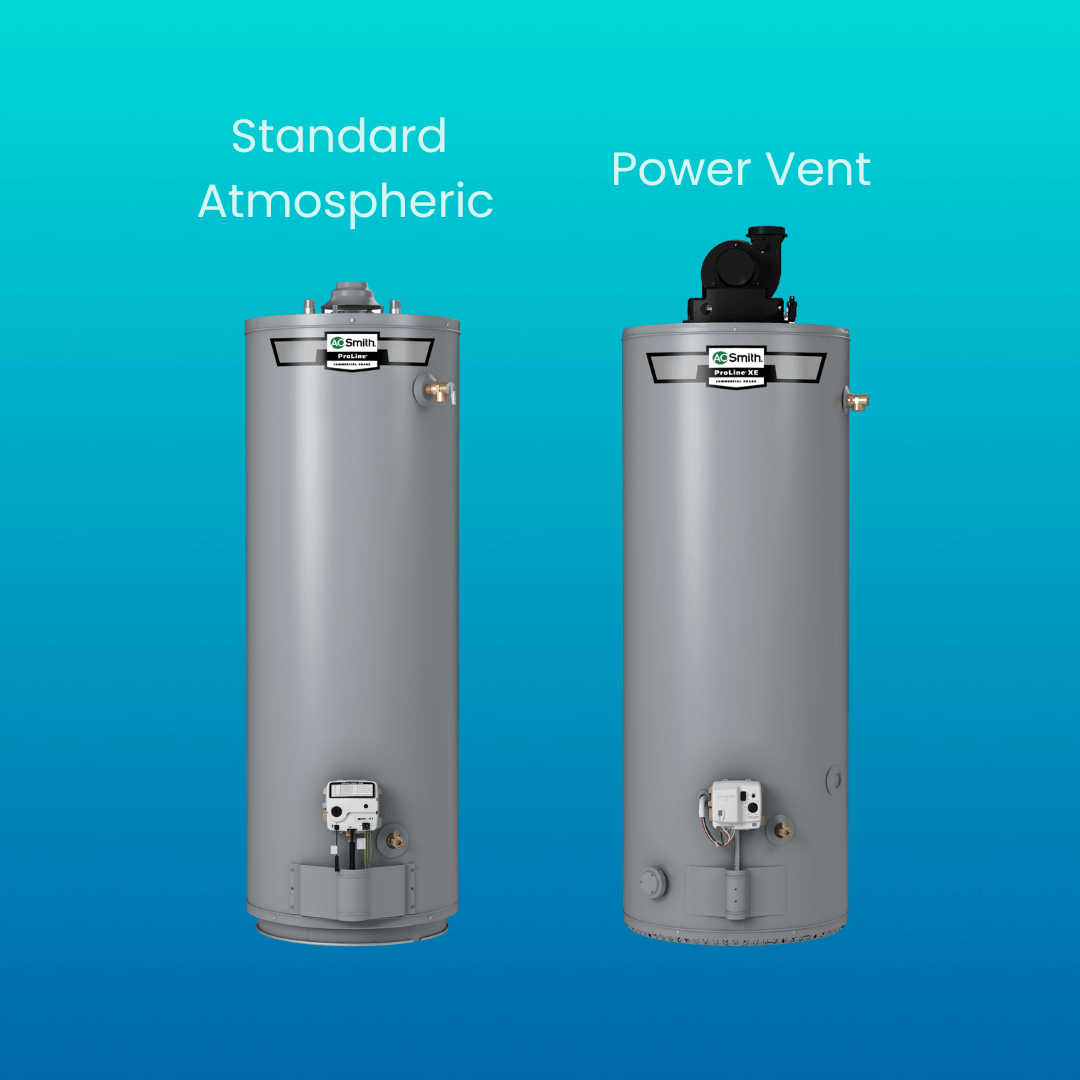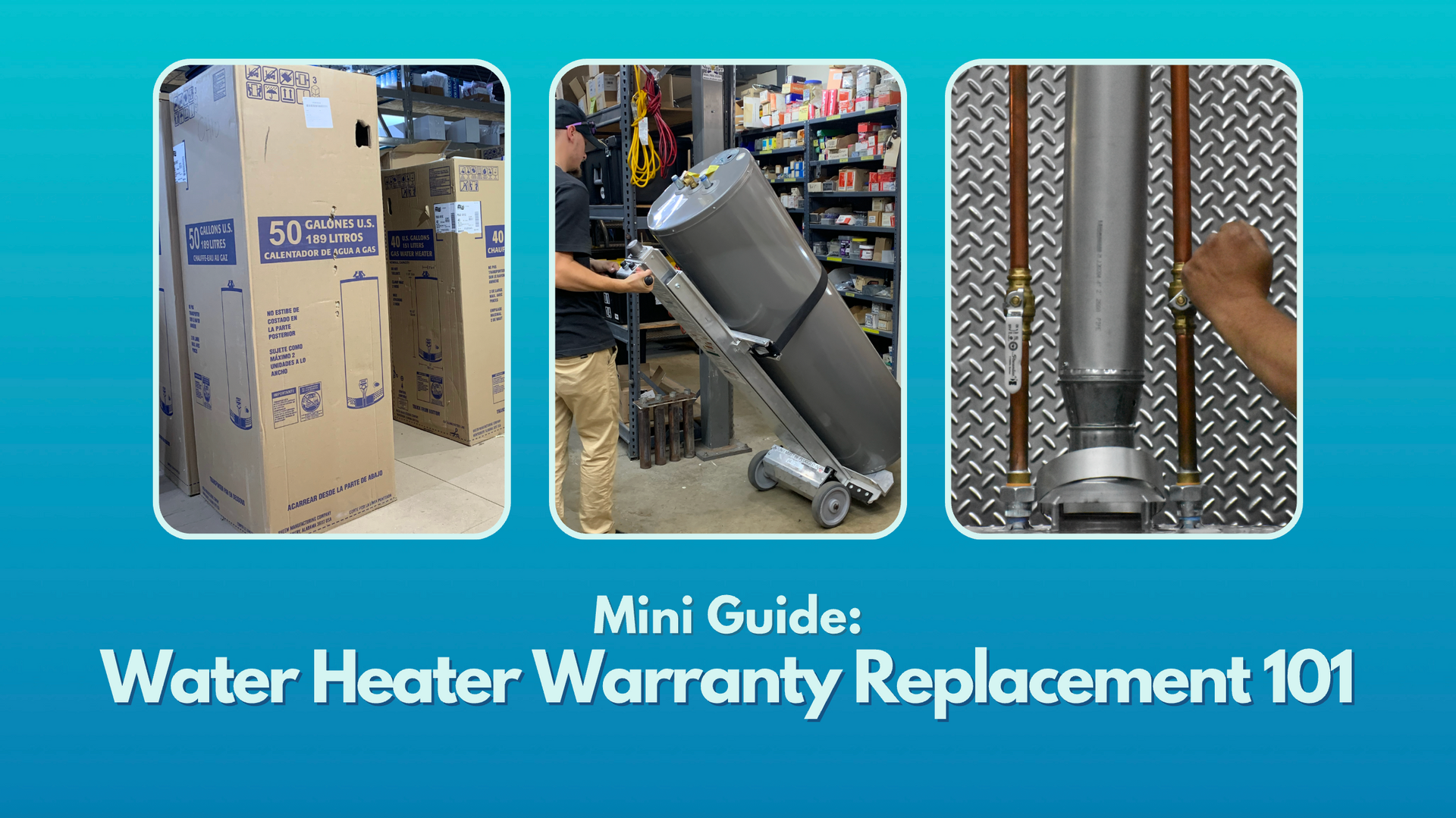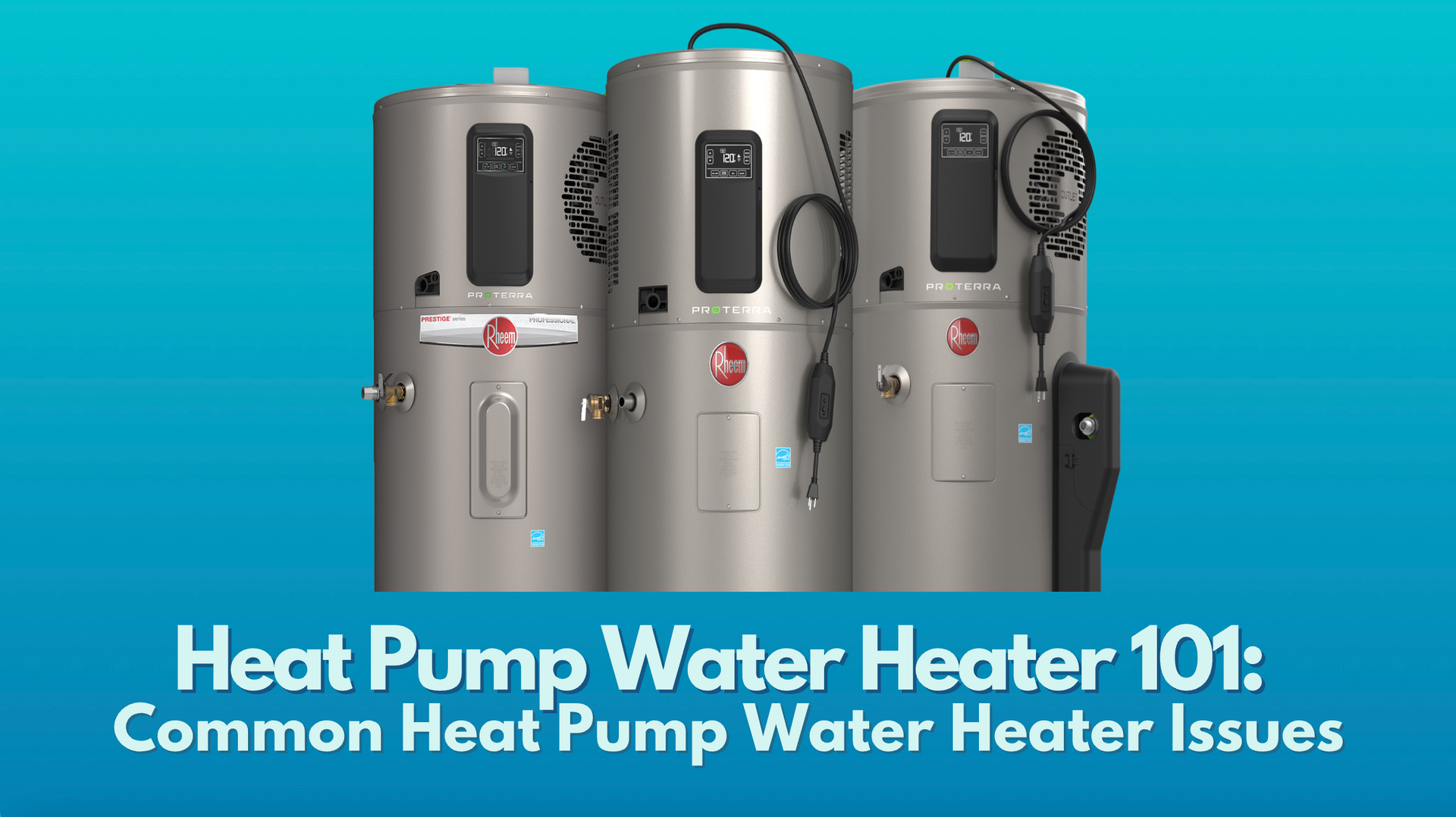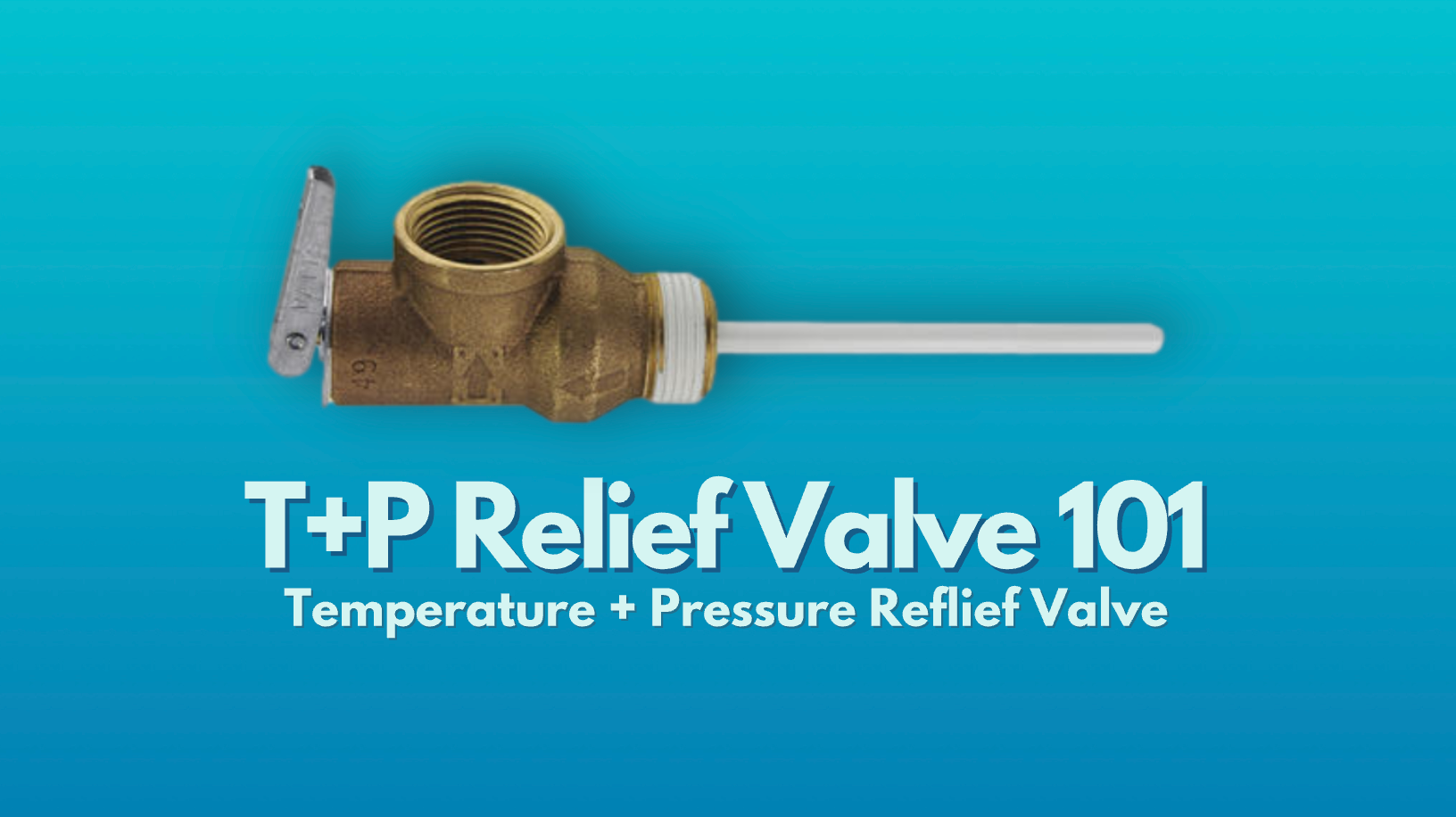Why Am I Not Getting Any Hot Water?
***DISCLAIMER: Not all information provided here may apply to your specific water heater. PLEASE REFER TO YOUR MANUFACTURER’S INSTALLATION MANUAL FOR INFORMATION REGARDING YOUR SPECIFIC MODEL. IF YOU ARE ATTEMPTING TO SERVICE YOUR OWN HEATER, PLEASE DO SO WITH CAUTION. THIS ARTICLE IS MEANT TO PROVIDE AN INFORMATIVE + EDUCATIONAL SUMMARY AND DOES NOT SUPERSEDE OFFICIAL ONSITE DIAGNOSIS/REPAIRS OR INFORMATION FROM YOUR UNIT'S MANUFACTURER.***
Why Am I Not Getting Hot Water?
Do you not get any hot water coming to your home? When you notice a water heater problem with low water temperature throughout your home and not just a particular faucet, it may indicate a problem with your water heater. Learning the cause of your water heater failure will help you properly assess the situation and take the correct steps moving forward. We will cover the different reasons you may not be getting hot water.
Gas Water Heaters
Gas water heaters require gas to ignite the pilot light and power a gas burner. Gas water heaters offer a lot of power at a low cost, but they require proper ventilation and don’t offer high efficiency. Here are some of the reasons that a gas water heater may not produce hot water.
Gas Leak
If the gas supply line has a leak or is not properly connected to the water heater, the proper amount of gas won’t reach the unit in order to power it. Not only will your water heater not have energy to heat the water, but high concentrations of gas in the air presents a serious hazard. A gas leak can also be prompted by the improper installation of a gas valve.
You will likely notice a smell if you have a gas leak. While gas is naturally odorless, gas companies add a substance to give the gas a rotten-egg smell. If you aren't getting hot water and you notice a gas leak, turn off the gas to your home and evacuate until the leak is repaired.
Dirty or Faulty Thermocouple
A thermocouple is part of the pilot assembly that communicates with the gas valve, especially in the event of a problem. However, if the thermocouple is dirty, worn out (as in the picture), or damaged, it may close the gas valve prematurely.
A thermocouple can experience regular wear from usage and is a common water heater issue. Newer water heaters tend to have combination pilot assemblies, meaning that a faulty thermocouple requires replacement of the entire pilot assembly; older water heaters may have individual thermocouples available for purchase without requiring replacement of the entire pilot assembly.
Electric Water Heaters
Electric water heaters run on electricity. While electricity costs more than gas, it’s also the safer and more efficient option, meaning overall lower cost.
Damaged Electrical Cord
A damaged electrical cord will prevent electricity from getting to the unit. Plus, a damaged cord can present a serious electrical hazard.
Check the cord to look for damage, especially if pets, children, or critters can reach the wire. If you notice damage to the cord, stop using the water heater immediately.
Power Surge
When too much electricity goes between the water heater and the circuit board, a power surge may occur, causing the surge to trip.
A simple press of the reset button should resolve the issue. You can find the red reset button on the unit’s control panel. You can find the control panel at the bottom of the unit. While most control panels open easily, some units may require you to open the control panel with a screwdriver and remove the insulation.
Remember that electric tankless water heaters advanced electrical infrastructure. If you complete a tankless upgrade without upgrading your circuit board, it can pose safety risks.
Damaged Heating Element
Electric water heaters use something known as a heating element to heat the water. Most residential electric water heater models have two heating elements: one that heats the upper half of the tank and another that heats the lower half of the tank.
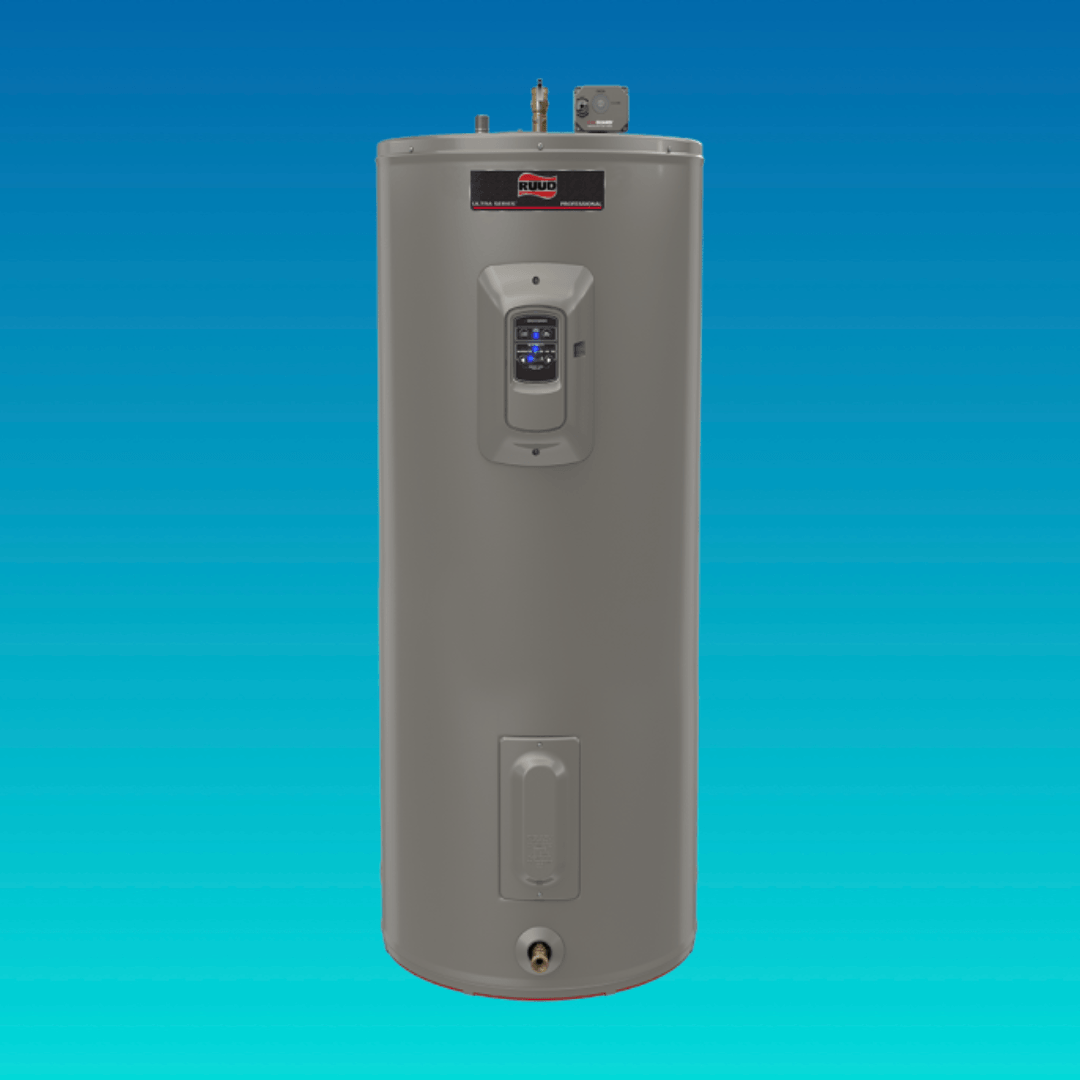
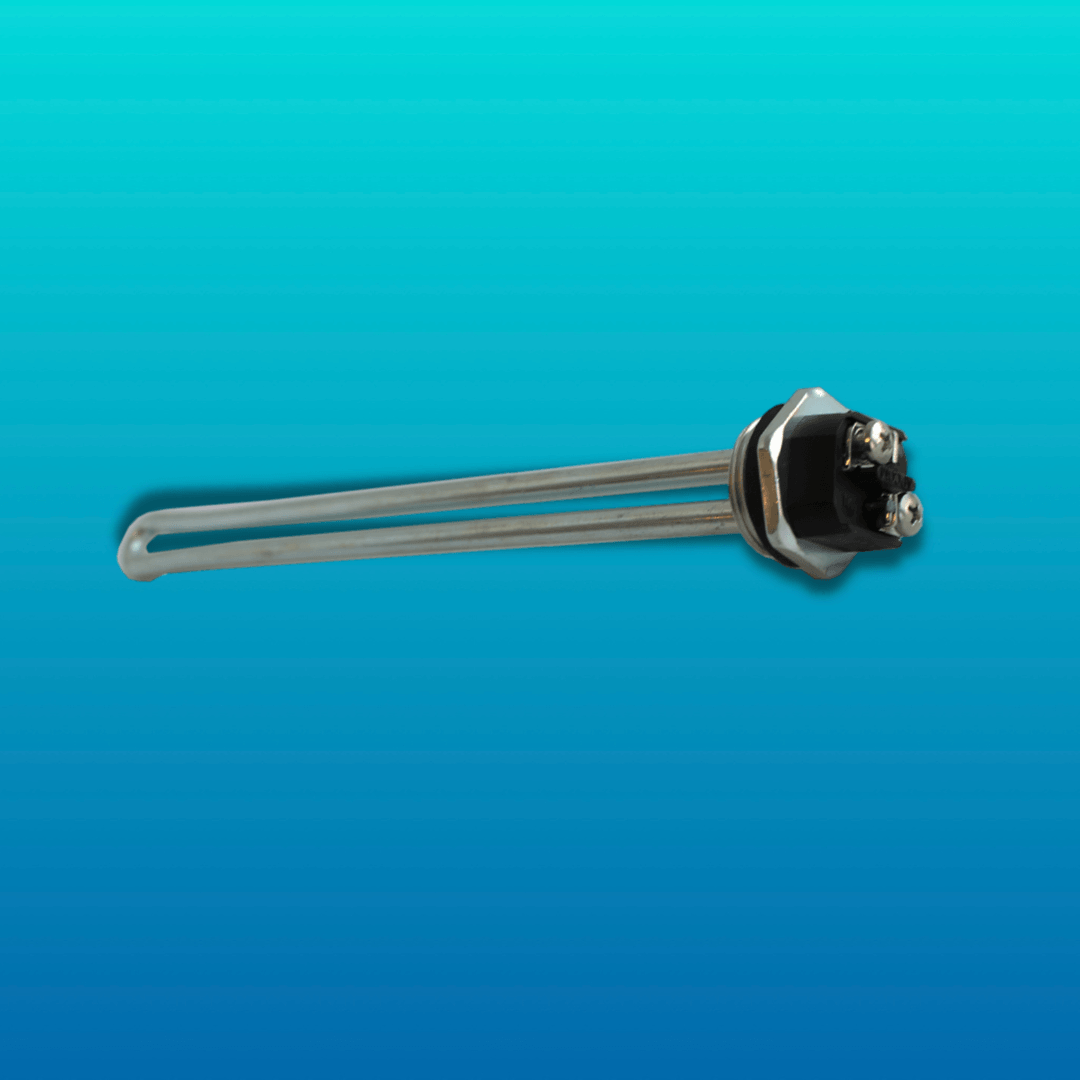
Faulty Thermostat
Just like a thermostat controls the temperature to a home, a thermostat also controls the temperature of an electric water heater.
Check the temperature on the thermostat. We recommend setting the thermostat at 120 degrees. If the thermostat setting indicates something lower, increase the temperature to 120 degrees. If the temperature indicated 120 degrees but the water doesn’t come out at that temperature, there may be a problem with the thermostat.
Additional Possible Causes
There are other potential reasons that can affect water temperature and hot water production in both gas water heaters and electric water heaters:
Wrong Size Water Heater
Water heaters only generate a certain amount of water at a time. If water demand at a home supersedes the amount of hot water the water heater can produce, the water will eventually run cold.
Homeowners will notice the problem immediately after installation or after more people move into the home, increasing the hot water demand.
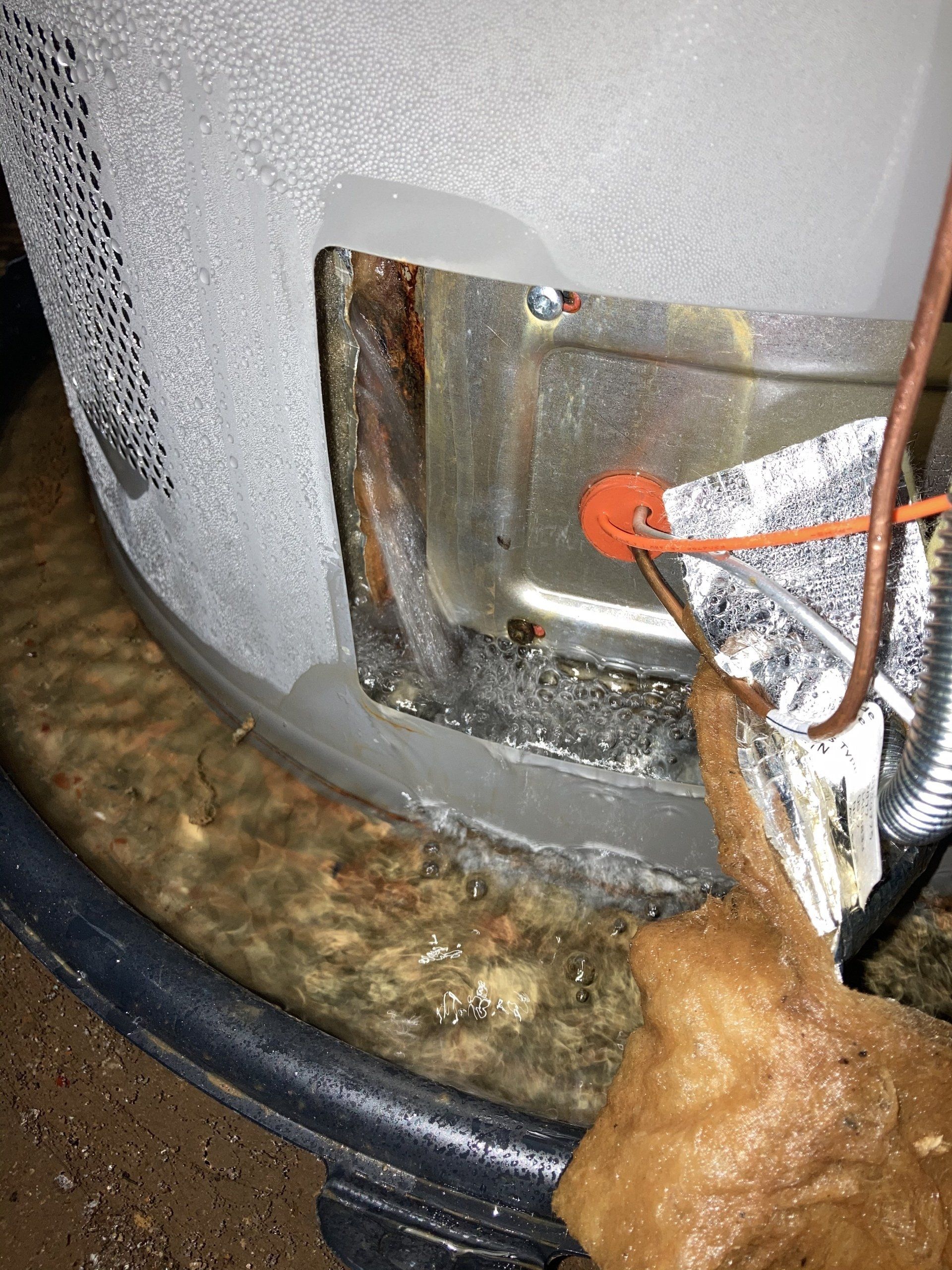
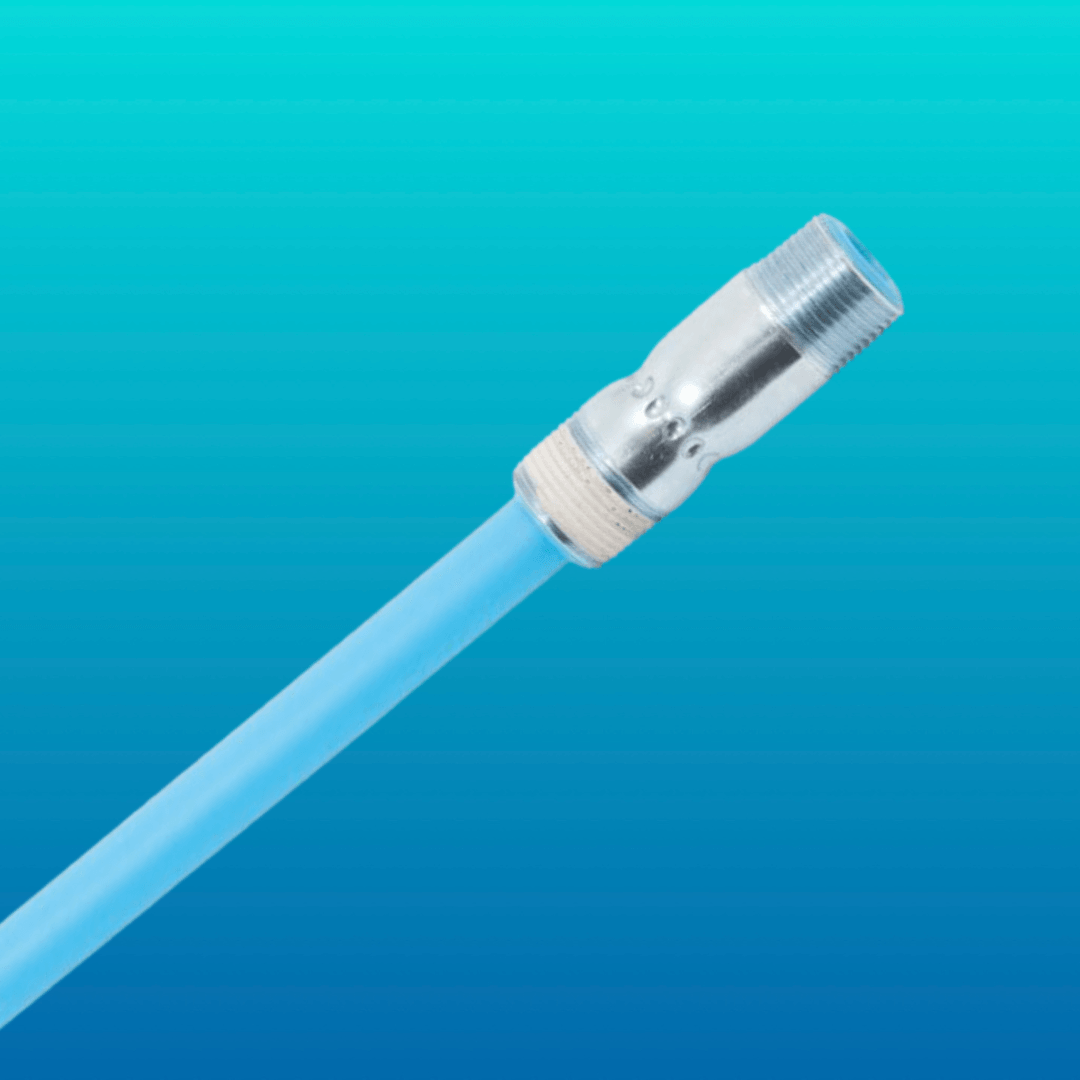
Water Tank Leak
A water heater tank leak in the tank will allow hot water to escape, leaving the household with only cold water.
A tank leak typically occurs as a result of corrosion. At the point of a tank leak, the unit requires hot water heater replacement. Water heaters have anode rods to aid in corrosion prevention, but tank type water heaters are prone to sediment buildup from general use and lack of preventative maintenance.
Some leaks occur at the drain valve instead of the tank. Verify that the drain valve closes properly or replace it to resolve the issue.
Low Water Pressure
A tankless water heater won’t activate if the water coming into the unit has low water flow. Without proper water pressure, the unit won’t activate.
You may notice the problem if you don’t open the hot water faucet completely. You may also notice this problem if the water pressure coming into the house doesn’t reach adequate pressure levels.
Broken Dip Tube
A dip tube is a pipe that directs the incoming cold water supply to the bottom of the hot water tank. Old dip tubes were made from plastic and other economic materials. Unfortunately, some of the dip tubes would break, not only impacting the hot water supply but also potentially caused blocked drains.
U.S. Water Heating Solutions
When your hot water system stops producing warm water, a proper diagnosis is only the beginning. You still need to get water heater repair and keep up with regular preventative maintenance moving forward.
Replace your cold shower for a hot shower. Contact U.S. Water Heating Solutions to schedule your water heater service today.




